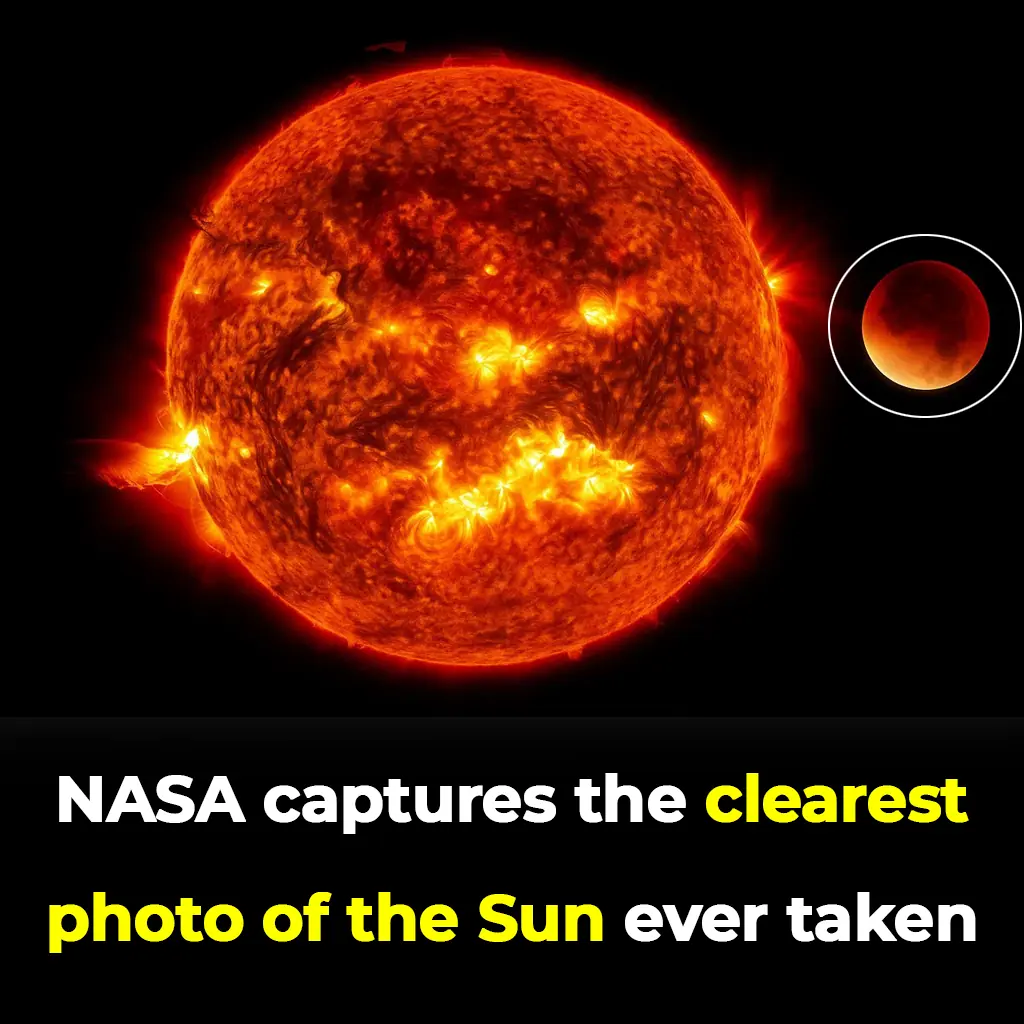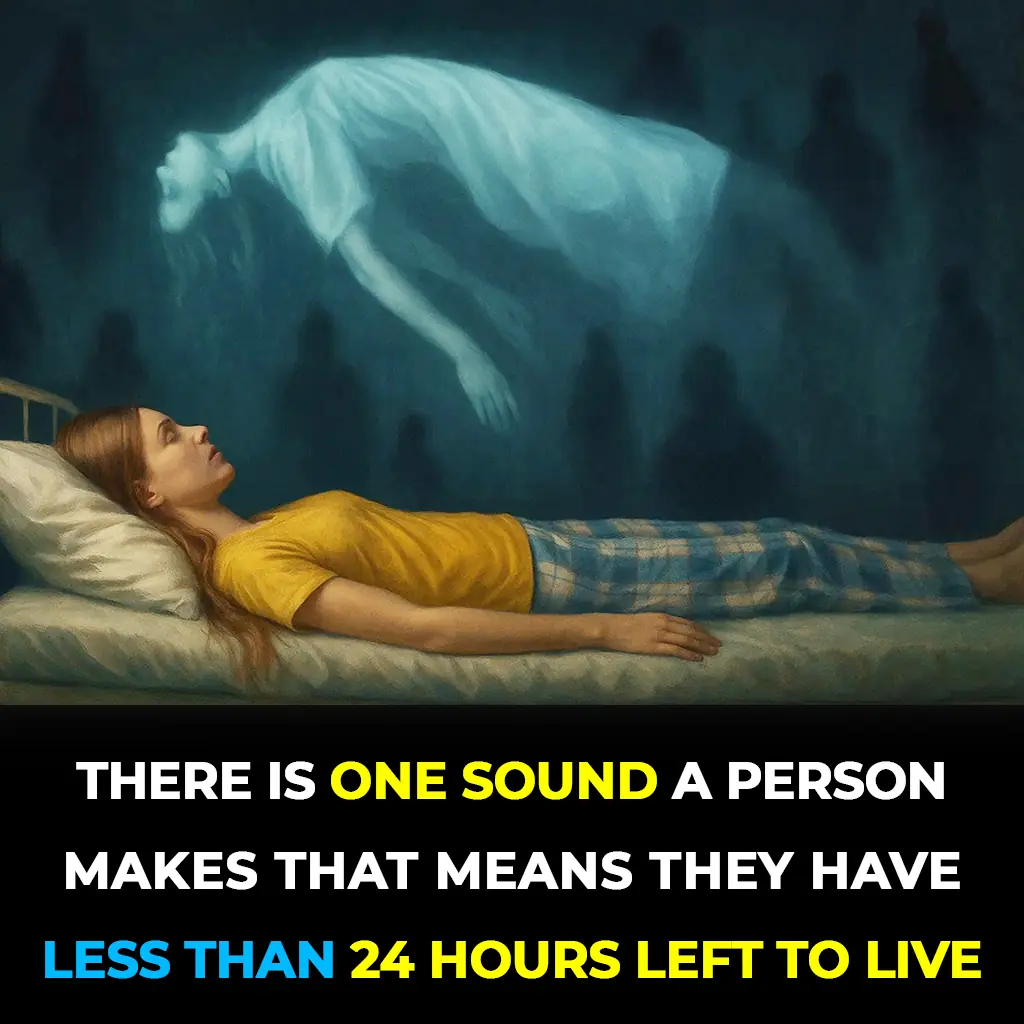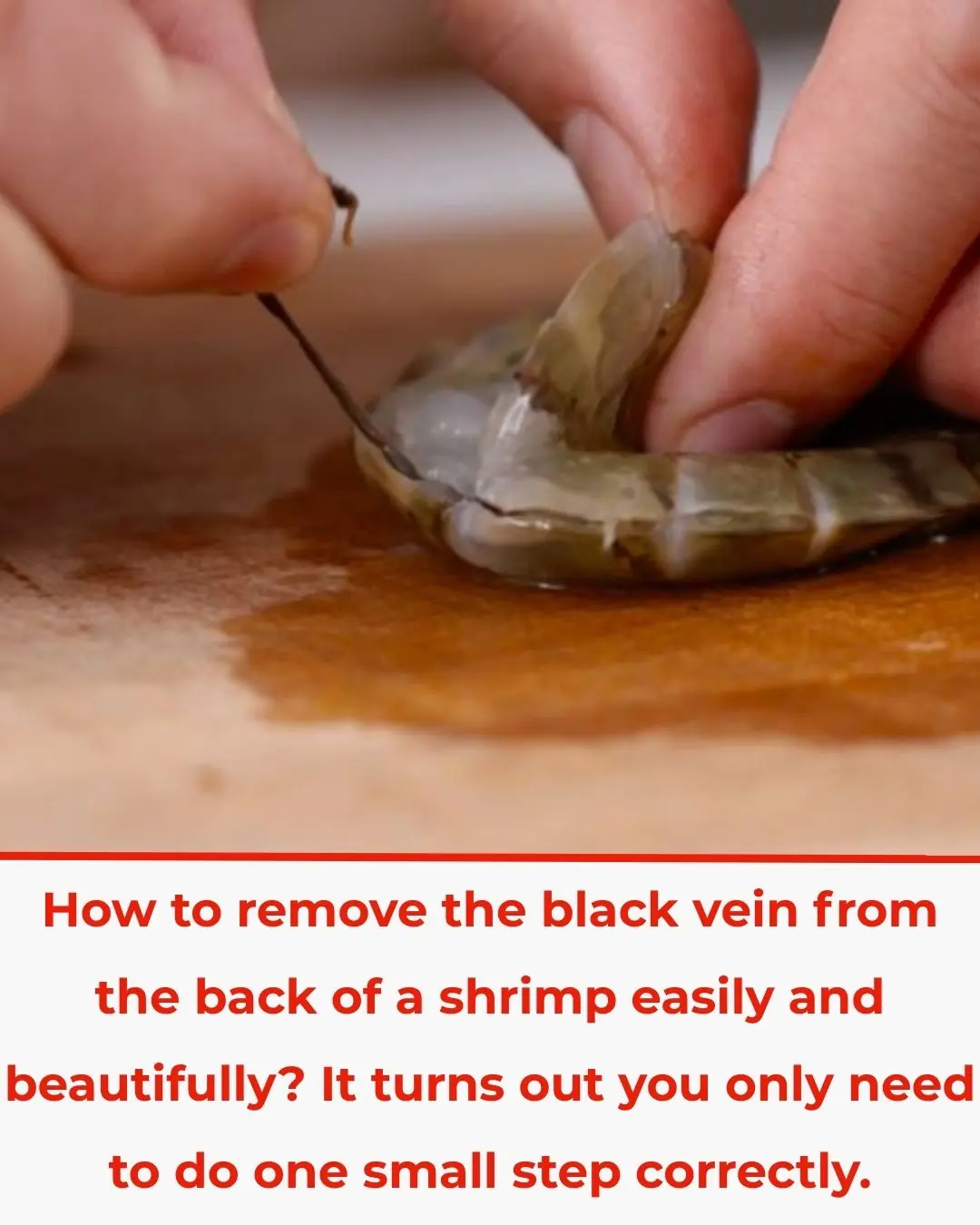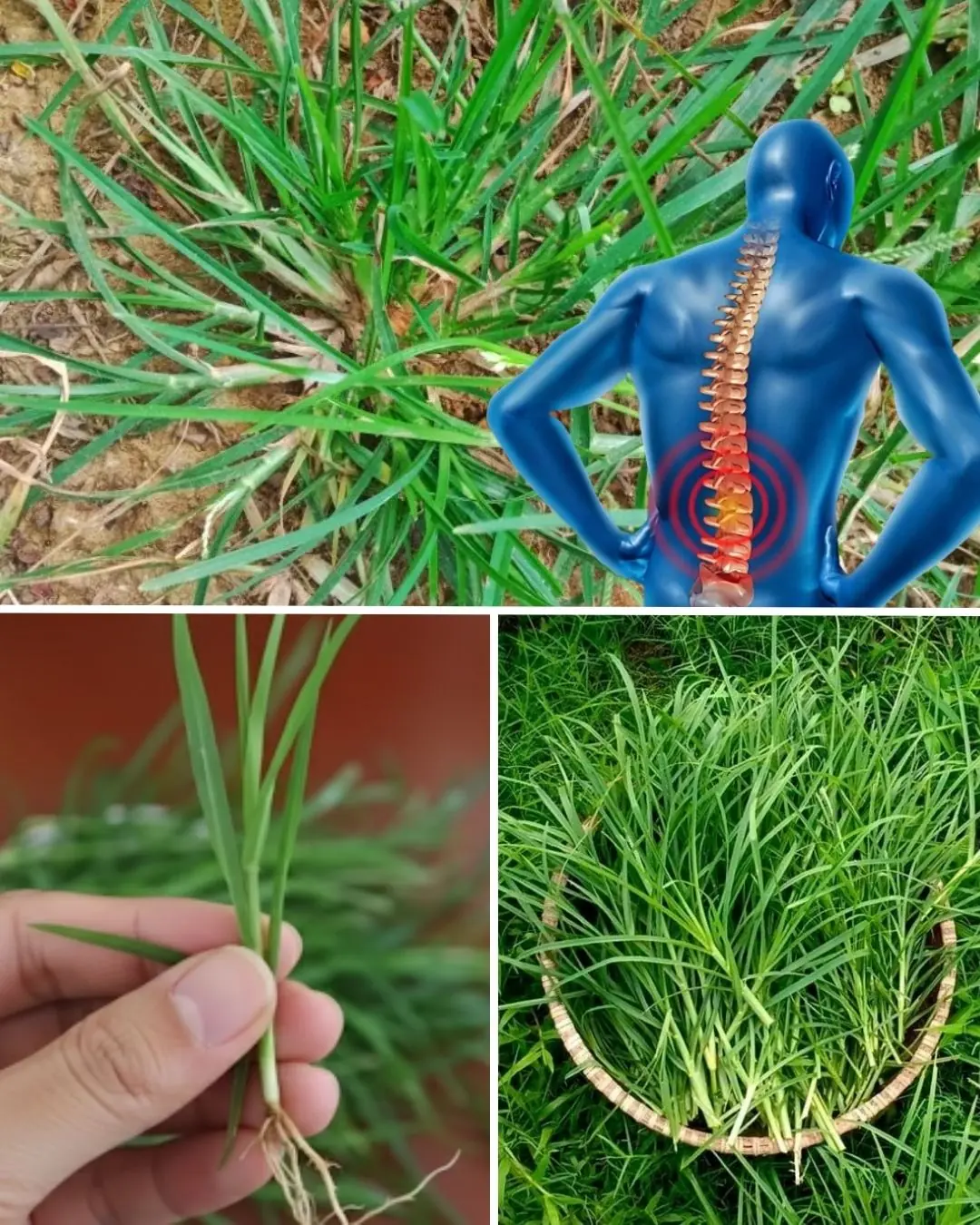What was supposed to be a short visit turned into nearly a year away from Earth. Now, newly released before-and-after images of two NASA astronauts show just how profoundly nine months in space can reshape the human body.
NASA astronauts Barry “Butch” Wilmore and Sunita “Suni” Williams blasted off in June 2024 expecting little more than an eight-day mission aboard the International Space Station (ISS). But when scheduling, logistics, and the need to keep the ISS fully staffed aligned, their trip stretched far beyond what they had anticipated.
Instead of returning home after a week, Wilmore and Williams spent nine long months orbiting Earth. During this extended stay, they carried out hundreds of scientific experiments, tested advanced technologies, and supported vital research into how humans adapt to prolonged weightlessness.
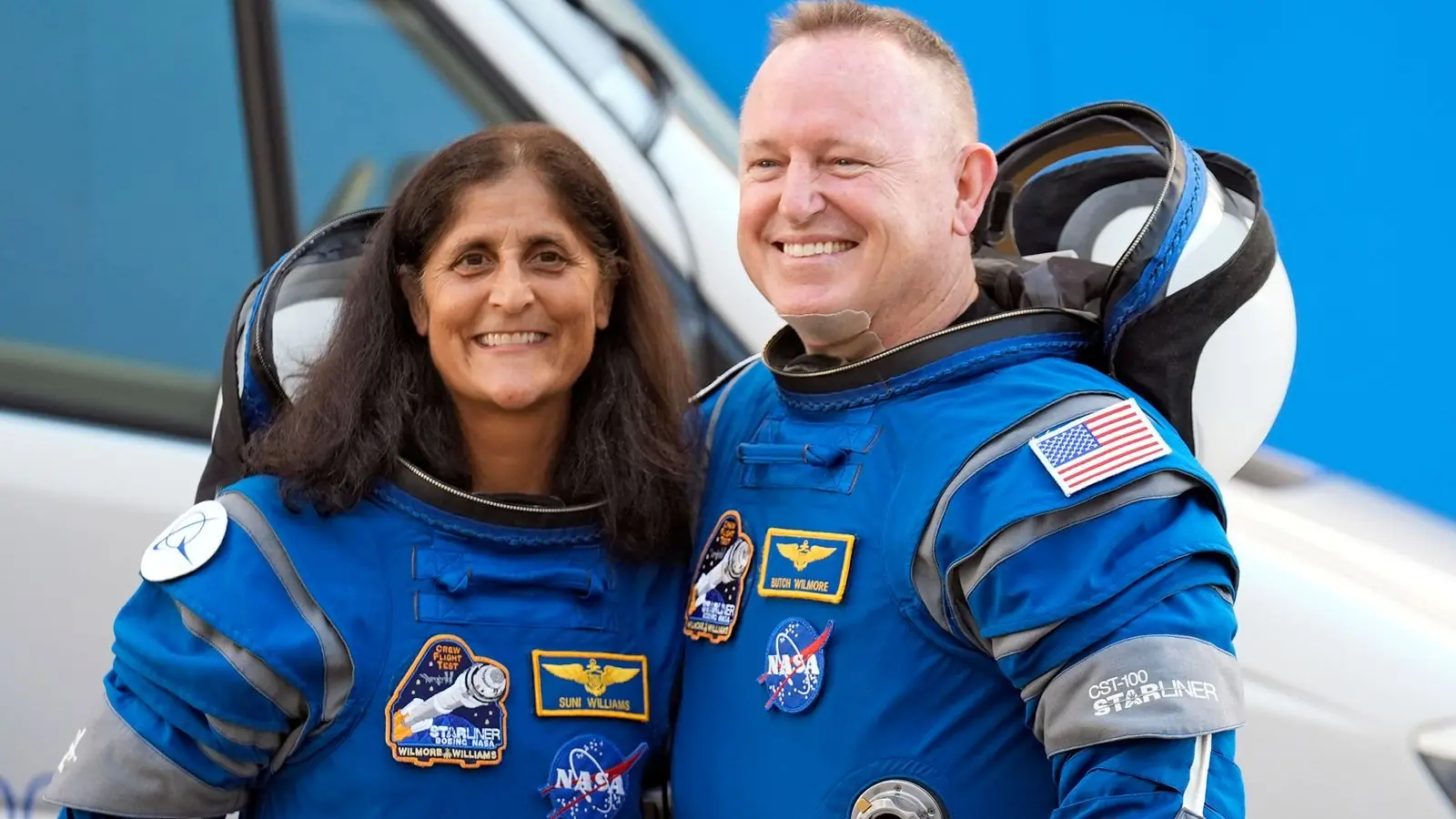
A Harsh Return to Earth
On March 18, 2025, the pair finally splashed down safely in the sea, where they were carefully lifted from their capsule. Images captured of their return were striking: the astronauts, looking visibly thinner and more fragile, were stretchered away by recovery teams.
This procedure is standard for returning crew members who have been away from Earth’s gravity for extended periods. After months of weightlessness, the body’s muscles and bones weaken, balance systems struggle to readjust, and circulation patterns shift dramatically. Simply standing upright on Earth again requires time and careful rehabilitation.
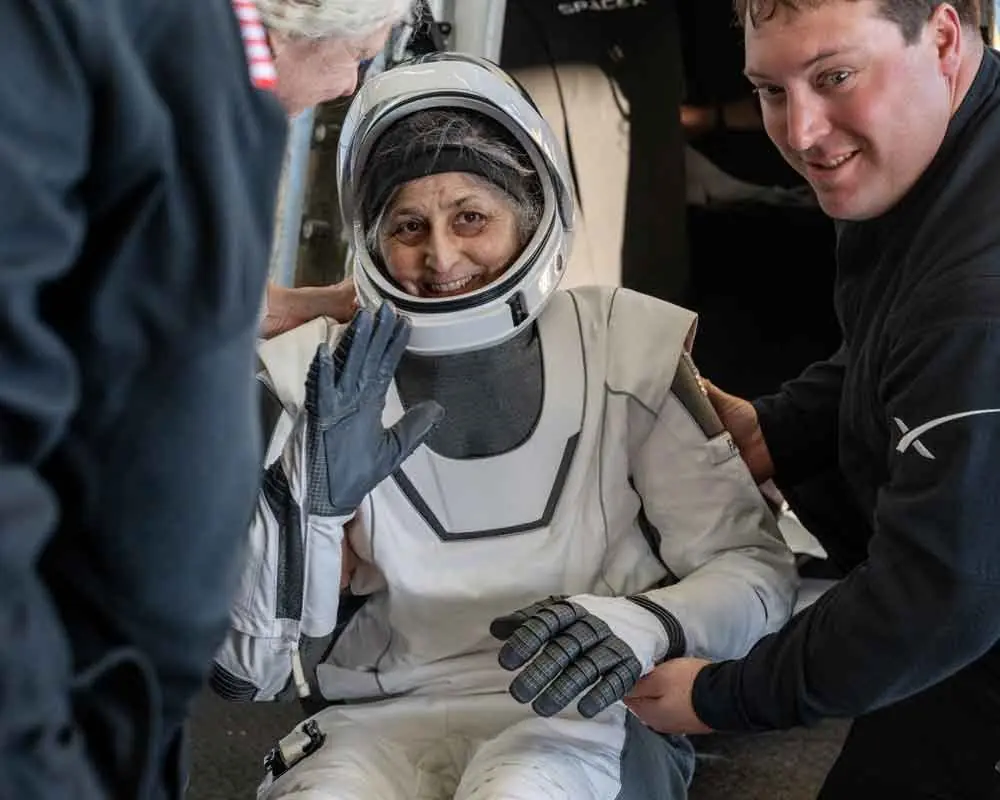
What Space Does to the Human Body
Nine months in microgravity is not without consequences. Astronauts lose about one percent of bone density per month, making bones more fragile and prone to fractures. Muscles shrink without the resistance provided by gravity, leaving astronauts weaker and more easily fatigued.
Observers also noticed visible changes. Both Wilmore and Williams appeared leaner, with slightly gaunter faces compared to their pre-launch photographs. Williams’ hair showed more streaks of gray, though earlier ISS photos reveal this gradual change began months earlier.
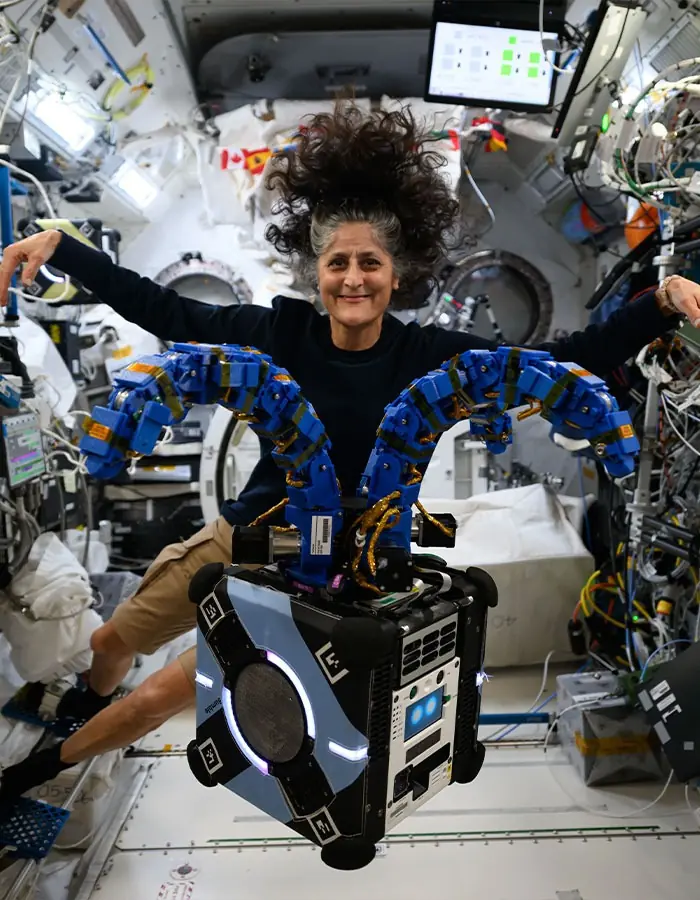
But the most dramatic changes are the ones invisible to the eye. The heart muscle becomes weaker after months of pumping blood in near-weightlessness. Fluids shift upward into the head, sometimes causing puffiness, headaches, or congestion. Vision can deteriorate as the shape of the eye subtly changes.
Hidden Effects That Linger After Spaceflight
Radiation exposure adds another layer of concern. Beyond Earth’s protective atmosphere, astronauts face a constant stream of cosmic rays that can damage DNA. While much of this damage may repair itself within months, long-term risks remain a subject of active study.
Cognitive effects and balance issues may also linger as the nervous system recalibrates to Earth’s gravity. Rehabilitation specialists will now work closely with the astronauts to restore their bone density, rebuild muscle strength, and monitor cardiovascular health.
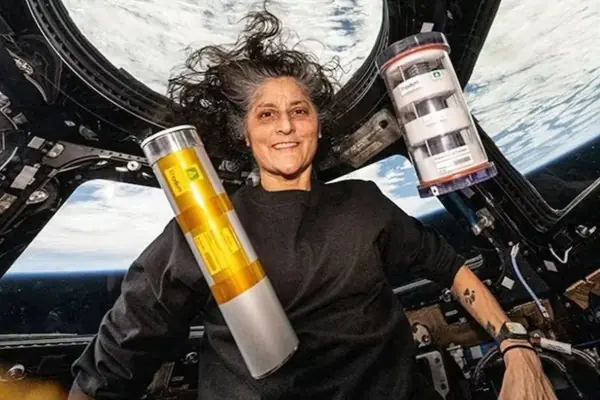
A Testament to Human Endurance
Though the before-and-after images may seem stark, they tell a story of resilience. Nine months of floating above the Earth’s surface pushed the limits of human endurance, but Wilmore and Williams also contributed invaluable knowledge to science.
Their extended mission helps NASA better prepare for future long-duration expeditions—including planned journeys to the Moon and, eventually, Mars—where astronauts will face years of exposure to space conditions.
As the world looks at the side-by-side images of the two explorers before and after their mission, one thing is certain: space leaves its mark, both seen and unseen. But with each mission, humanity takes another step toward thriving beyond Earth.







